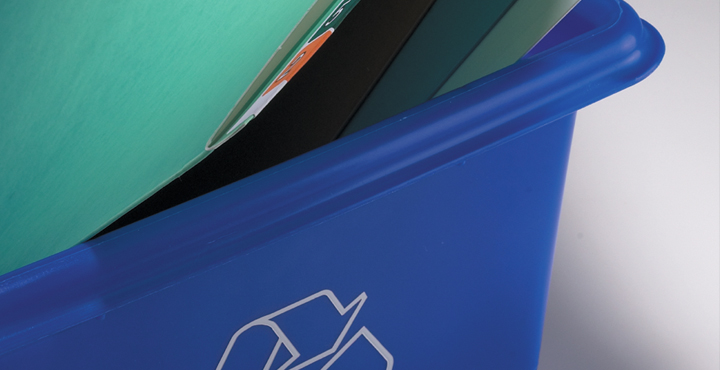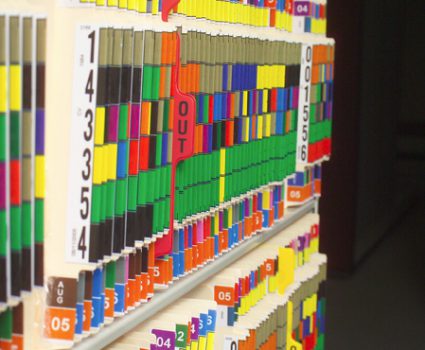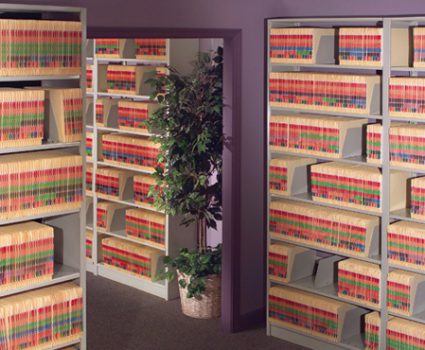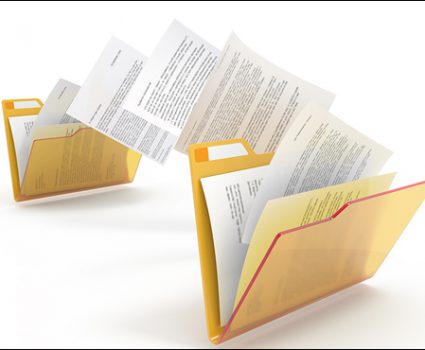
How Environmentally Friendly is your RM Program? Part 2
Minimizing your organization’s impact on the environment is increasingly becoming mandated by law, but it can also be good for business. Identifying strategies for green RM involves evaluating your current practices and this 3-part blog is designed to help you do that.
Our first post had you examine your records life-cycle practices, and our final post will explore green practices in information management services. This post looks at filing equipment and supplies and how those business tools can be made more environmentally friendly.
7 Questions to Ask
To minimize the impact of records storage and use, organizations should give careful consideration to the composition and design of file cabinets, shelving units, file folders and other enclosures that support day-to-day file management.
In selecting records management equipment and supplies or assessing the impact of current products, ask the following questions.
1. Do your organization’s cabinets, shelving and other filing equipment maximize the records storage potential of available floor space? Examples of effective equipment choices include lateral filing instead of pull-out vertical cabinets, was well as high-density mobile shelving that replaces multiple shelving access aisles with a single “moveable aisle.”
2. Does your organization use file folders, pockets, label designs, and other filing supplies that help maximize the storage potential of filing equipment? Examples of effective filing supply choices include end tab file folders and color-coded labeling systems, which work together to avoid bulky hangers and maximize the number of visible filing rows available in a given shelf or cabinet.
3. Can your organization’s file folders and / or pockets be expanded as needed to accommodate growth within a file? Expandability allows a “thin” file to occupy minimal space, while at the same time accommodating additional content without needing to replace or throw away an outgrown folder / pocket.
4. How often do you have to replace your organization’s filing supplies due to wear and tear?
- Every 6 months
- Every year
- Every 2 years
- Every 5 years
5. List the filing supplies your organization uses that can be reused after contents have been transferred or disposed of. The records management marketplace is offering many new options for reusable filing enclosures, including paper file folders from which adhesive labels or writing can be removed without visible damage to the paper.
6. Can your organization’s folders and other paper materials be recycled by service providers available in your area once they are no longer needed?
7. Where your organization’s folders, pockets and other filing supplies contain non-paper materials (e.g. Mylar), are those materials biodegradable? In answering this question, organizations are encouraged to consult industry biodegradability standards, such as the European Union’s ED13432 or the US Standard Specifications for Compostable Plastics (ASTM D-6400-99).
Strategic application of environmentally-friendly records management can bring long-term benefits that outweigh their upfront costs. To add a decreased environmental footprint to the benefits can only serve to raise records management’s profile an organizational value-add.
Look for our next blog post in this series which will look at enhancing green practices in information management services.





